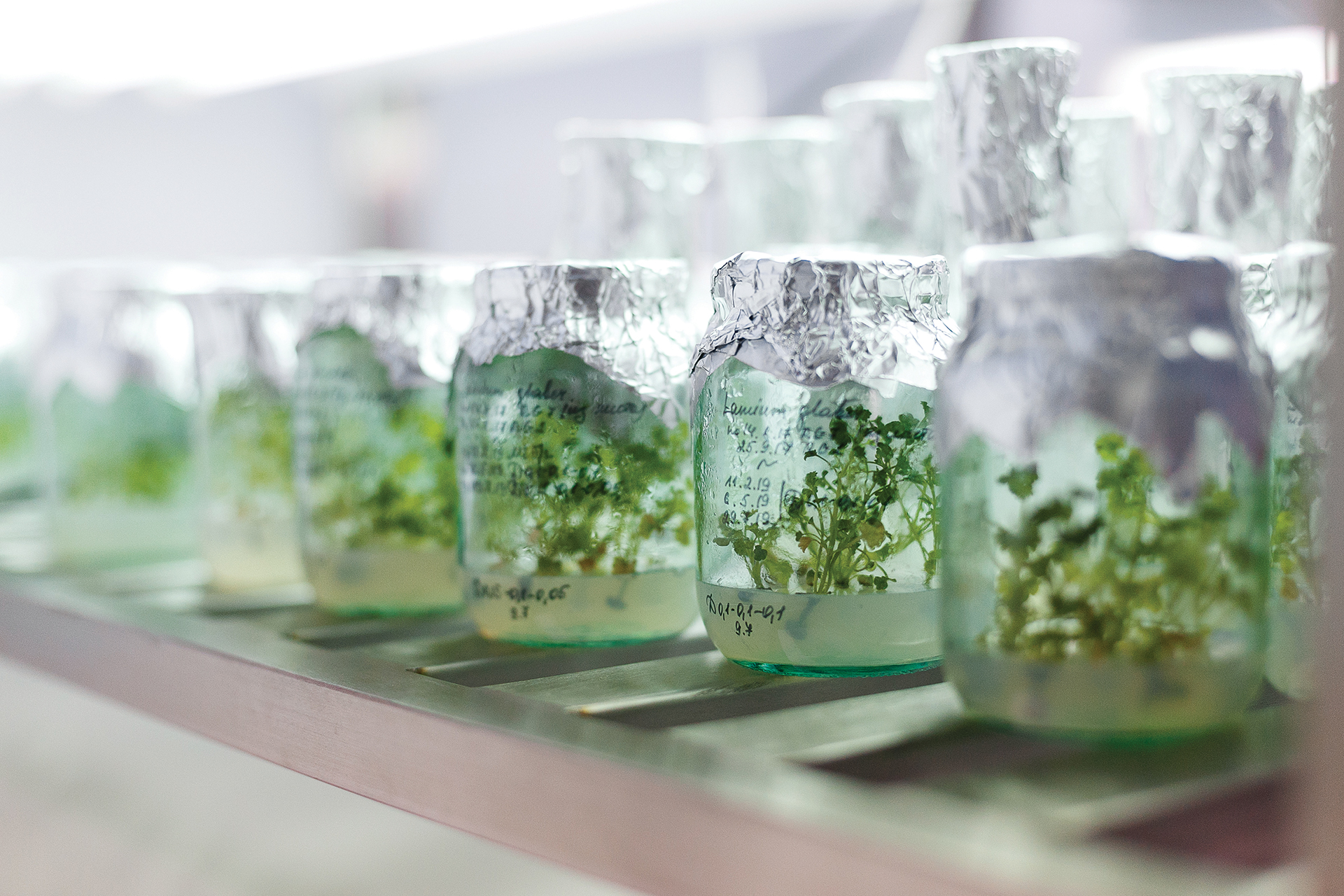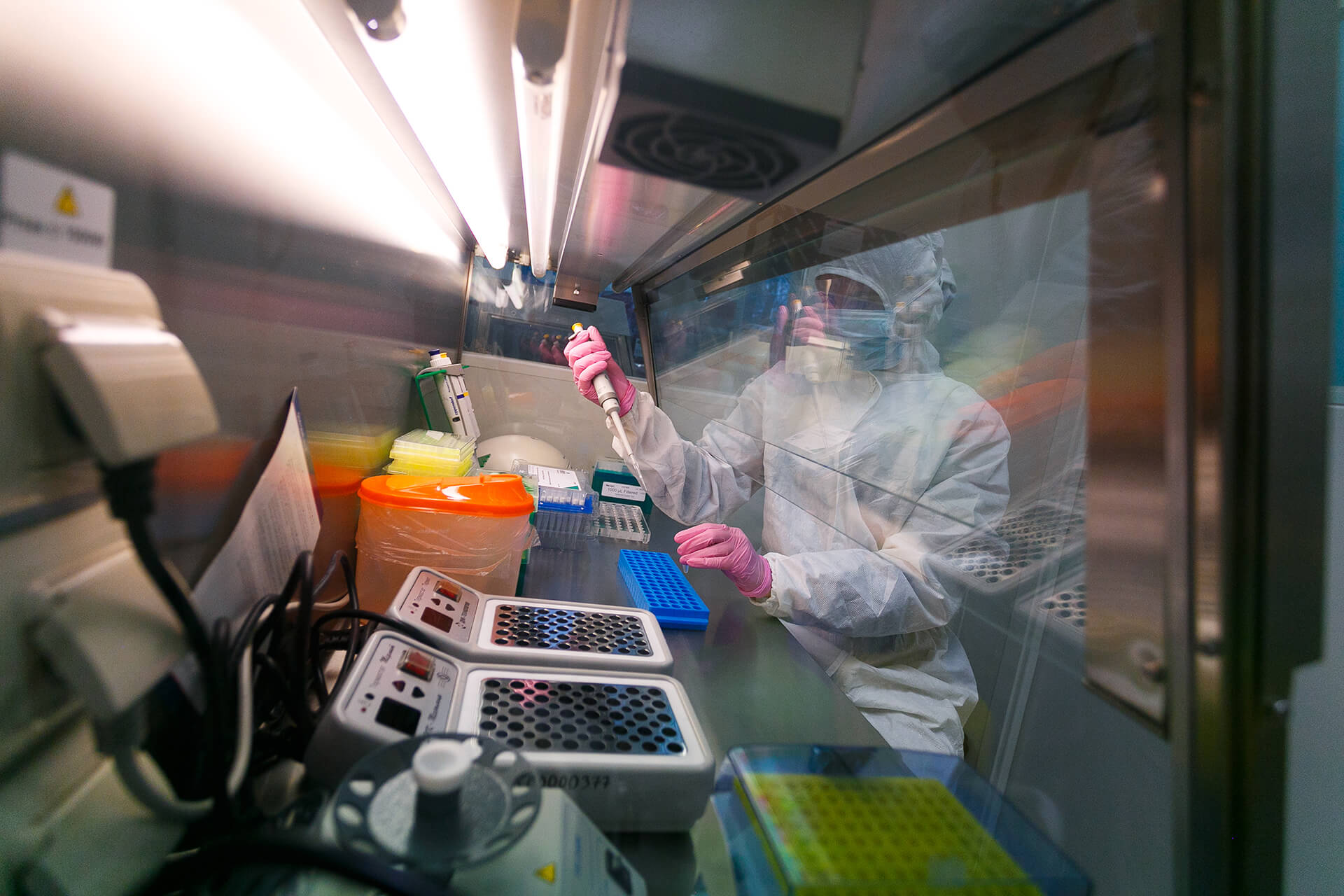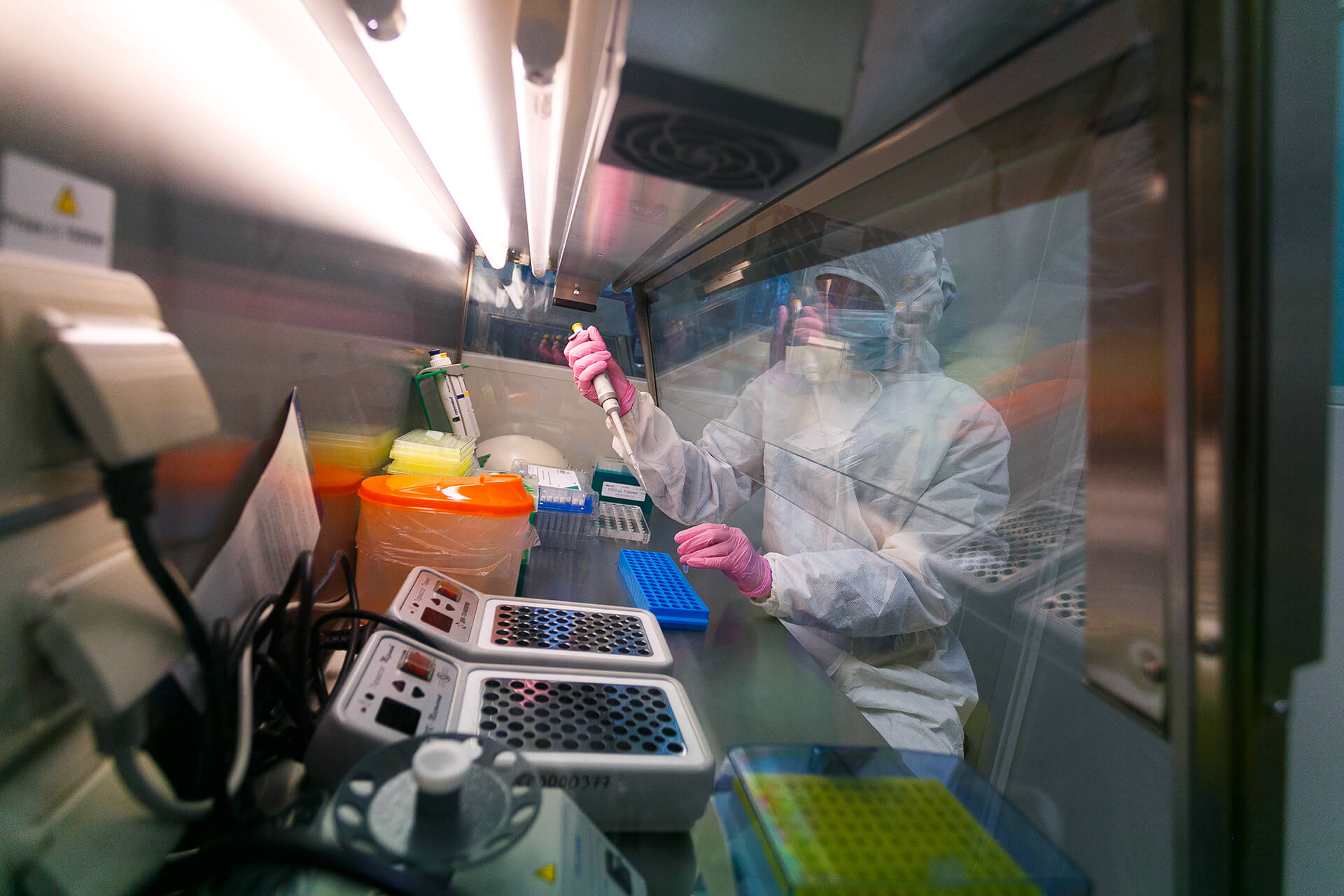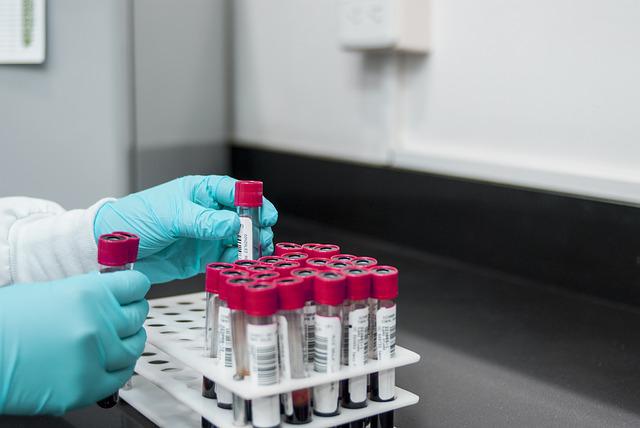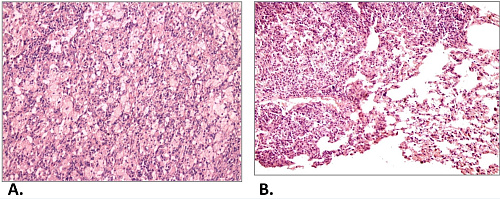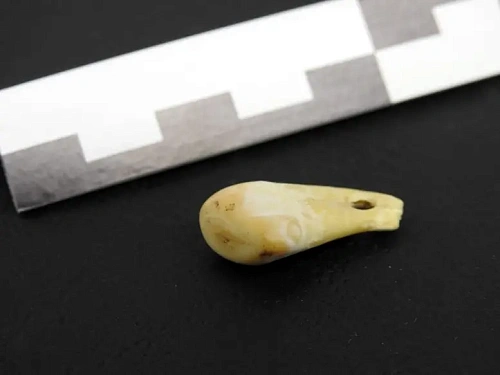Scientists from Lomonosov Moscow State University have created an artificial molecular system to activate certain parts of the genome. The development can find application in gene therapy of hereditary diseases, as well as in biotechnological production and other fundamental areas. The study was supported by a
grant from the Russian Science Foundation (RSF). The results are
published in the journal Cells.
It is known that not all genes contained in DNA are expressed in any organism. The proper functioning of the body depends on the timely activation of the necessary parts of the genome, and the breakdown of epigenetic mechanisms can lead to serious diseases. At the same time, today science is only on the way to creating effective methods for artificial regulation of gene activity that do not require DNA editing.
A new system of this type was proposed by Russian biologists.
We are talking about a molecule — an artificial transcription factor Cre-VP64, which scientists have designed.
Recall that gene transcription is the process of transferring genetic information from DNA to RNA for subsequent protein synthesis.
Transcription factors are called special proteins that control the synthesis of RNA as part of transcription.
As a basis for an artificial molecule, scientists used an inactive viral enzyme Cre-recombinase. In its active form, this enzyme is able to cut DNA fragments at a specific location in the genome.
An inactive Cre-recombinase does not cut the DNA chain, however, it can "find" the desired region of the genome and bind to it. Biologists added a transactivator domain (protein fragment) of VP64 to the recombinase, which is able to activate genes.
The authors of the work tested the obtained method in laboratory conditions. To do this, scientists first artificially introduced the green fluorescent protein gene, as well as several other genes, into tumor cells of the human renal epithelium. The introduced genes were then activated using the Cre-VP64 molecule. Soon, the tumor cells began to glow — this was the result of the activation of the fluorescent protein gene.
The rest of the genes introduced into the cells also became active, which was found out by a sharp increase in the amount of RNA on the studied DNA sequences of the cells.
According to the authors of the study, they were able to confirm that the development can be used to activate various genes.
“The system we proposed allows us to control the desired gene and, if necessary, increase its activity hundreds of times without affecting the work of other DNA sequences in the cell. This will help improve the efficiency of genome editing methods, and can also be used in gene therapy and biotechnological production. In the future, we plan to improve our development in order to make it more convenient for large-scale use,” said Maxim Karagyaur, Candidate of Biological Sciences, Senior Researcher at the Institute of Regenerative Medicine of the Moscow State University Scientific and Educational Center.
Recall that in 2019, Canadian scientists have already used an artificial gene activator on laboratory animals.
The experiment was successful — the researchers were able to increase the expression of the desired gene and cure mice of muscular dystrophy.
However, in this case, not Cre recombinase was used, but an inactive dCas9 protein, which the scientists also connected to the VP64 domain.


